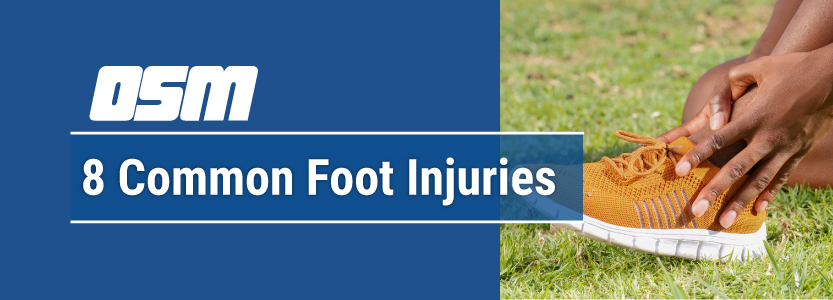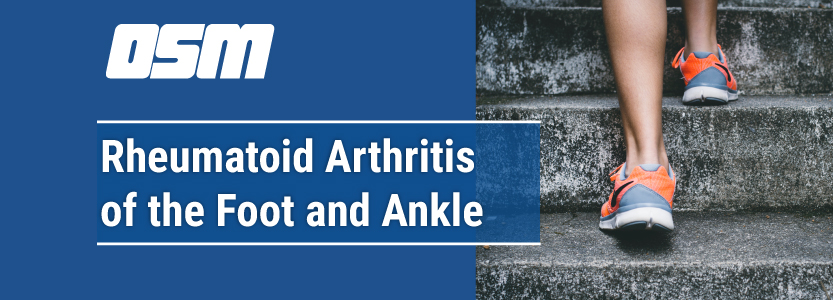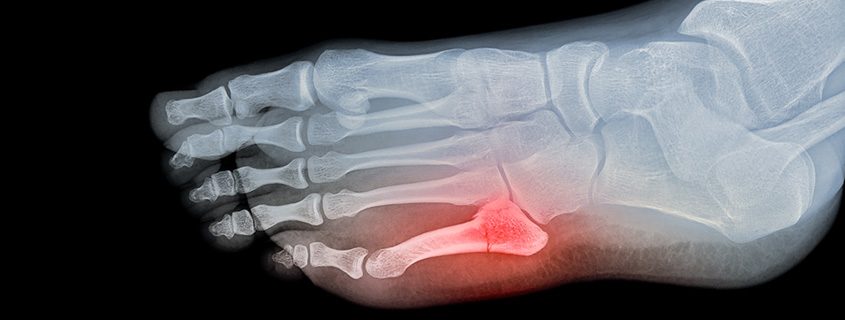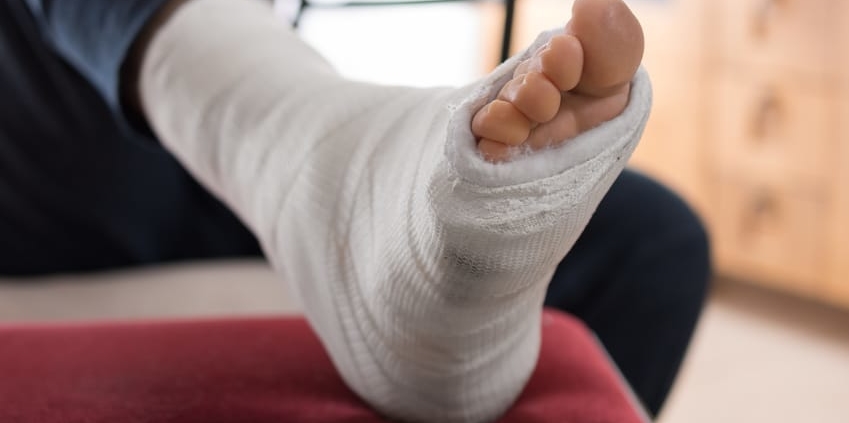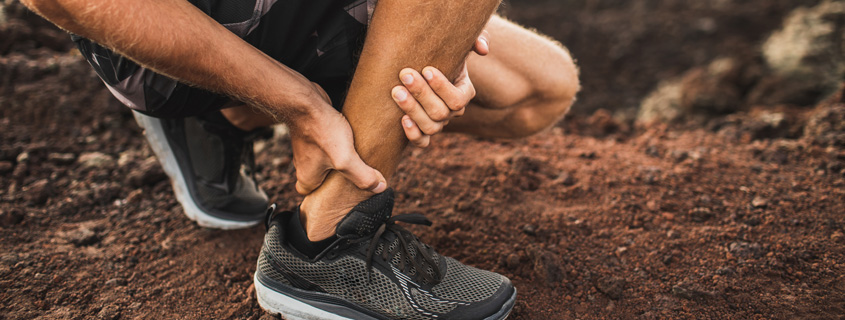What are the Best Foot Exercises for Healthy Feet?
Article featured on Medical News Today
What are the best foot exercises for healthy feet?
Many people experience foot or ankle pain at some point. Keeping the feet strong can help alleviate this soreness and improve overall health and flexibility.
Regularly exercising and stretching the feet and ankles can help ensure that the muscles are providing the best support. These exercises may also increase range of motion in the feet, helping keep a person active for as long as possible.
Most foot exercises are simple and require no complicated equipment to perform. People can do them at home or in the gym as part of a regular exercise routine. The following exercises can improve flexibility and mobility in the feet.
1. Toe raise, point, and curl
This exercise has three stages and will help strengthen all parts of the feet and toes.
To do this exercise:
- Sit up straight in a chair, with the feet flat on the floor.
- Keeping the toes on the floor, raise the heels. Stop when only the balls of the feet remain on the ground.
- Hold this position for 5 seconds before lowering the heels.
- For the second stage, raise the heels and point the toes so that only the tips of the big and second toes are touching the floor.
- Hold for 5 seconds before lowering.
- For the third stage, raise the heels and curl the toes inward so that only the tips of the toes are touching the floor. Hold this position for 5 seconds.
- Build flexibility and mobility by repeating each stage 10 times.
2. Big toe stretch
Keeping a wide range of motion in the big toe is important. The following exercise also has three stages and is designed to stretch and relieve pain in the toes from wearing tight shoes.
To do this exercise:
- Sit up straight in a chair, with the feet flat on the floor.
- Bring the left foot to rest on the right thigh.
- Using the fingers, gently stretch the big toe up, down, and to the side.
- Keep the big toe in each position for 5 seconds.
- Repeat this 10 times before switching to the other foot.
Exercises for strength
The following exercises can help enhance the strength of the feet.
3. Toe splay
Doing the toe splay exercise can improve control over the toe muscles. People can do it on both feet at once or on alternate feet, depending on which they find more comfortable.
To do this exercise:
- Sit in a straight backed chair, with the feet gently resting on the floor.
- Spread the toes apart as far as possible without straining. Hold this position for 5 seconds.
- Repeat this motion 10 times.
- Once a person has built up their strength, they can try looping a rubber band around the toes. This will provide resistance and make the exercise more challenging.
4. Toe curls
Doing toe curls builds up the flexor muscles of the toes and feet, improving overall strength.
To do this exercise:
- Sit up straight in a chair, with the feet flat on the floor.
- Lay a small towel on the floor in front of the body, with the short side facing the feet.
- Place the toes of one foot on the short side of the towel. Try to grasp the towel between the toes and pull it toward oneself. Repeat this exercise five times before switching to the other foot.
- To make this exercise more challenging, try weighing down the opposite end of the towel with an object.
5. Marble pickup
Doing the marble pickup can increase strength in the muscles on the undersides of the feet and toes.
To do this exercise:
- Sit up straight in a chair, with the feet flat on the floor.
- Place an empty bowl and a bowl of 20 marbles on the floor in front of the feet.
- Using only the toes of one foot, pick up each marble and place it in the empty bowl.
- Repeat this exercise using the other foot.
6. Sand walking
Walking barefoot on sand is a great way to stretch and strengthen the feet and calves. This is a good exercise in general because sand’s soft texture makes walking more physically demanding.
To do this exercise:
- Head to a beach, a desert, a volleyball court, or any other location with sand.
- Remove the shoes and socks.
- Walk for as long as possible. Try increasing the distance slowly over time to avoid overexerting the muscles in the feet and calves.
- The following exercises can be helpful for pain relief.
7. Toe extension
The toe extension is useful in preventing or treating plantar fasciitis, which is a condition that causes pain in the heel when walking and difficulty raising the toes.
To do this exercise:
- Sit up straight in a chair, with the feet flat on the floor.
- Place the left foot on the right thigh.
- Pull the toes up toward the ankle. There should be a stretching feeling along the bottom of the foot and heel cord.
- Hold for 10 seconds. Massaging the arch of the foot while stretching will help ease tension and pain.
- Repeat this exercise 10 times on each foot.
8. Golf ball roll
Rolling a golf ball under the foot can help relieve discomfort in the arch and ease pain associated with plantar fasciitis.
To do this exercise:
- Sit up straight in a chair, with the feet flat on the floor.
- Place a golf ball — or another small, hard ball — on the floor next to the feet.
- Lay one foot on the ball and move it around, pressing down as hard as is comfortable. The ball should be massaging the bottom of the foot.
- Continue for 2 minutes, then repeat using the other foot.
- A frozen bottle of water can be a soothing alternative if no suitable balls are available.
9. Achilles stretch
The Achilles tendon is a cord connecting the heel to the calf muscles. It can strain easily, but keeping it strong may help with foot, ankle, or leg pain.
To do this exercise:
- Face a wall and raise the arms so that the palms of the hands are resting flat against the wall.
- Move one foot back, keeping the knee straight. Then, bend the knee of the opposite leg.
- Keep both the heels flat on the floor.
- Push the hips forward until there is a stretching feeling in the Achilles tendon and calf muscles.
- Hold for 30 seconds before switching sides. Repeat three times on each side.
- For a slightly different stretch, bend the back knee and push the hips forward.
Foot health and safety tips
To help keep the feet strong and healthy:
- Complete a thorough warmup routine before exercising.
- Wear supportive footwear for day-to-day activities and sports.
- Replace worn-down shoes as often as possible.
- Build up strength and flexibility slowly to condition the feet and ankles.
- Avoid uneven surfaces, especially when running. Try not to run uphill too often.
- Listen to the body. Do not overdo activities.
- Prevent any recurrence of injury by resting and seeking appropriate treatment.
Summary
Keeping the feet and ankles healthy is a good idea. Performing the exercises above can help ease existing pain, prevent discomfort, and reduce the risk of injury.
People with a diagnosed foot condition such as plantar fasciitis or strain to the Achilles tendon may wish to try exercises to help.
Always check with a healthcare professional, if possible, before starting a new exercise and stretching routine.
The Orthopedic & Sports Medicine Center of Oregon is an award-winning, board-certified orthopedic group located in downtown Portland Oregon. We utilize both surgical and nonsurgical means to treat musculoskeletal trauma, spine diseases, sports injuries, degenerative diseases, infections, tumors and congenital disorders.
Our mission is to return our patients back to pain-free mobility and full strength as quickly and painlessly as possible using both surgical and non-surgical orthopedic procedures.
Our expert physicians provide leading-edge, comprehensive care in the diagnosis and treatment of orthopedic conditions, including total joint replacement and sports medicine. We apply the latest state-of-the-art techniques in order to return our patients to their active lifestyle.
If you’re looking for compassionate, expert orthopedic surgeons in Portland Oregon, contact OSM today.
Phone:
503-224-8399
Address
17355 Lower Boones Ferry Rd Suite 100A
Lake Oswego, OR 97035
Hours
Monday–Friday


